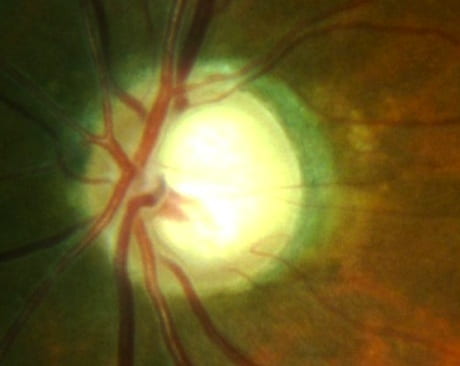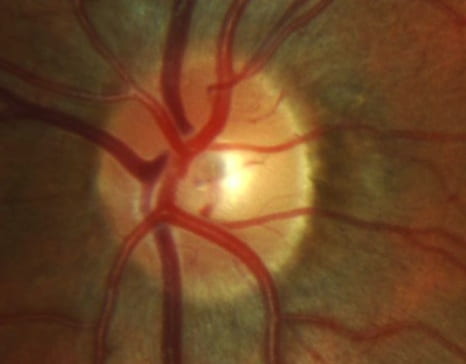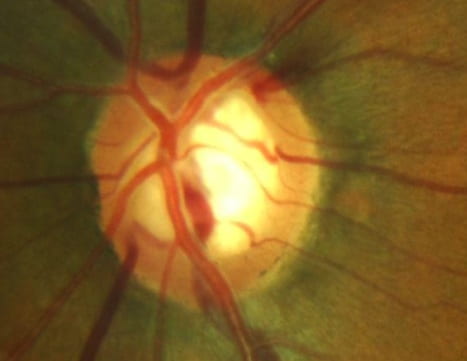Primary open angle glaucoma (POAG) is the most common form of glaucoma in Australia. The most important risk factor for developing glaucoma
is the presence of elevated internal eye pressure (intraocular pressure). Fluid is constantly produced within the eyeball and this fluid
(aqueous humor) is constantly drained out of the eye via the trabecular meshwork – a spongy tissue located where the cornea and iris meet
(see picture). When aqueous humor is drained too slowly out of this meshwork, fluid within the eye builds up and and internal eye pressure
rises.
Other risk factors associated with open angle glaucoma includes:
Family History: First degree relatives of glaucoma patients have a 4 to 8-fold increase in developing glaucoma. Early screening for glaucoma
is recommended for those with a strong family history of the disease and for first degree relatives of glaucoma patients.
Age: POAG becomes much more common with increasing age. Whilst it is uncommon below the age of 40, incidence rises steadily with age
affecting 10% of Australians over the age of 80.
Ethnic background: Those of African-Caribbean origin are four times more at risk of POAG than a person of Caucasian descent, and it may also
come on at a younger age and be more severe. People of Asian descent are more likely to develop another type of glaucoma – namely 'angle
closure glaucoma'.
Other risk factors include high short sightedness, cardiovascular disease, migraine and diabetes. Those with previous eye conditions and
trauma as well as long term use of corticosteroids may develop a form of secondary open angle glaucoma.


